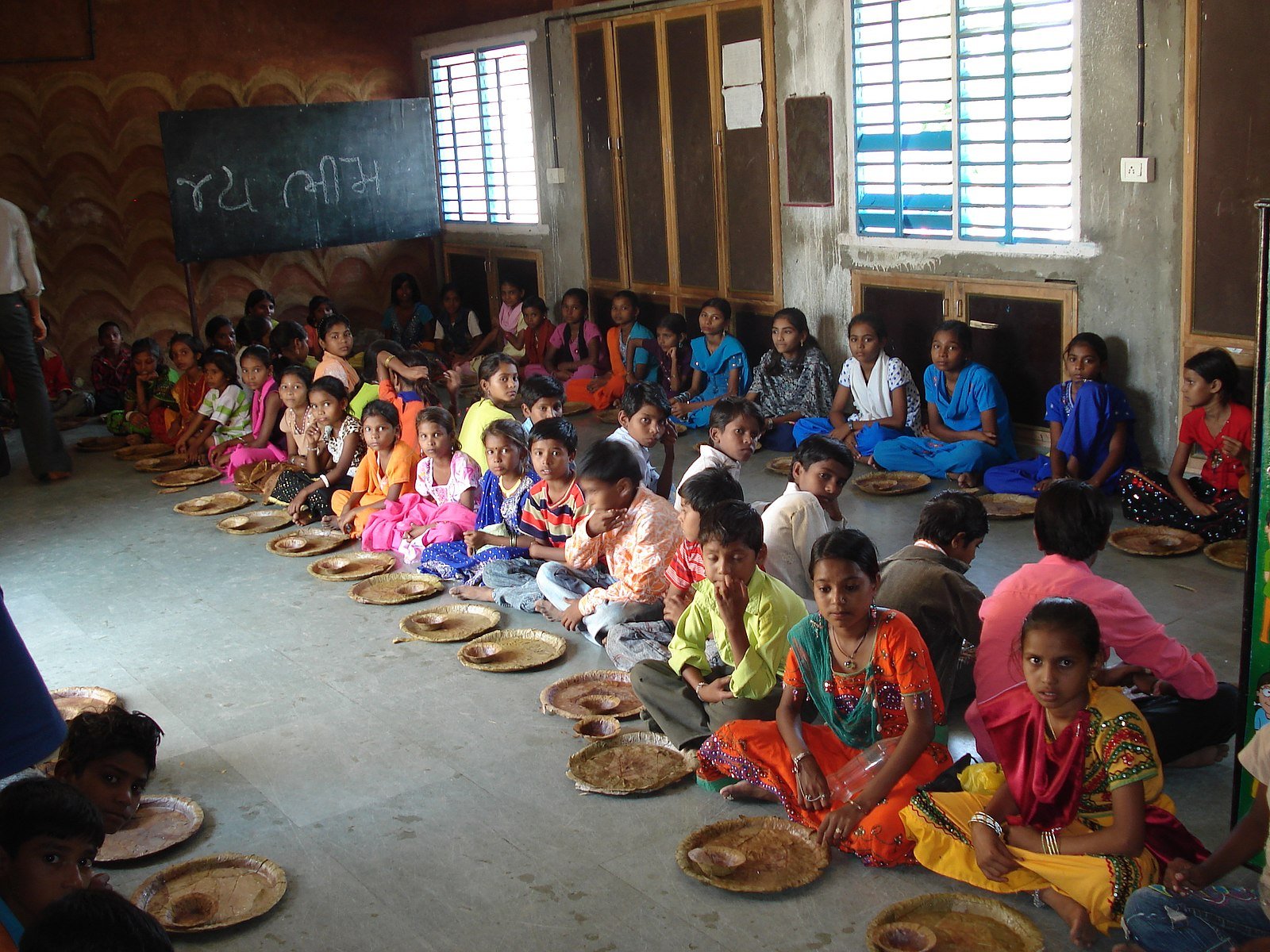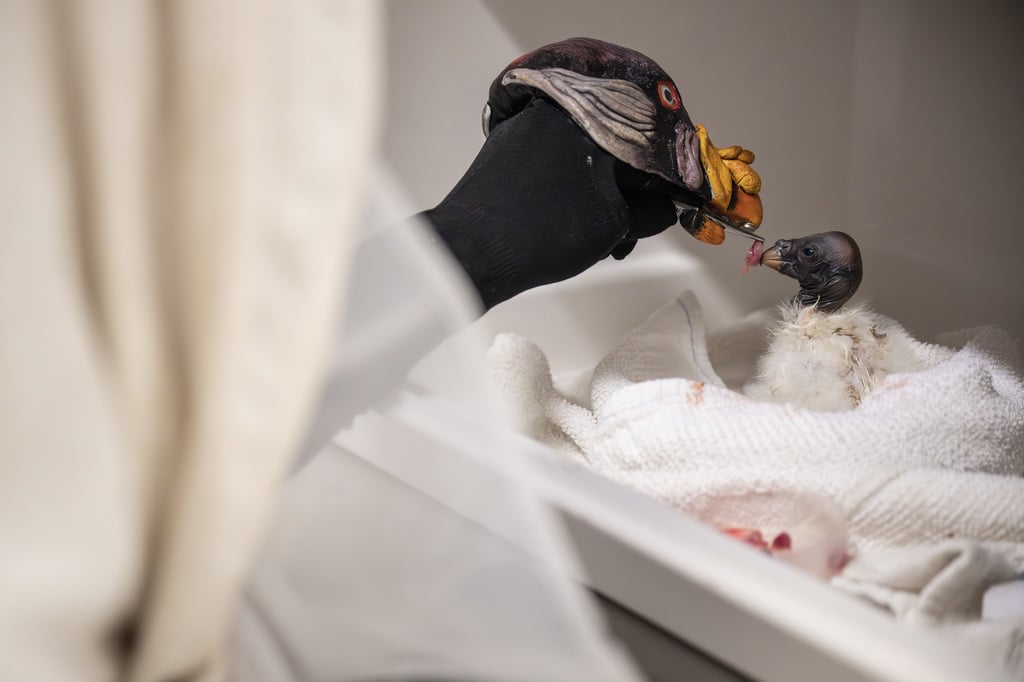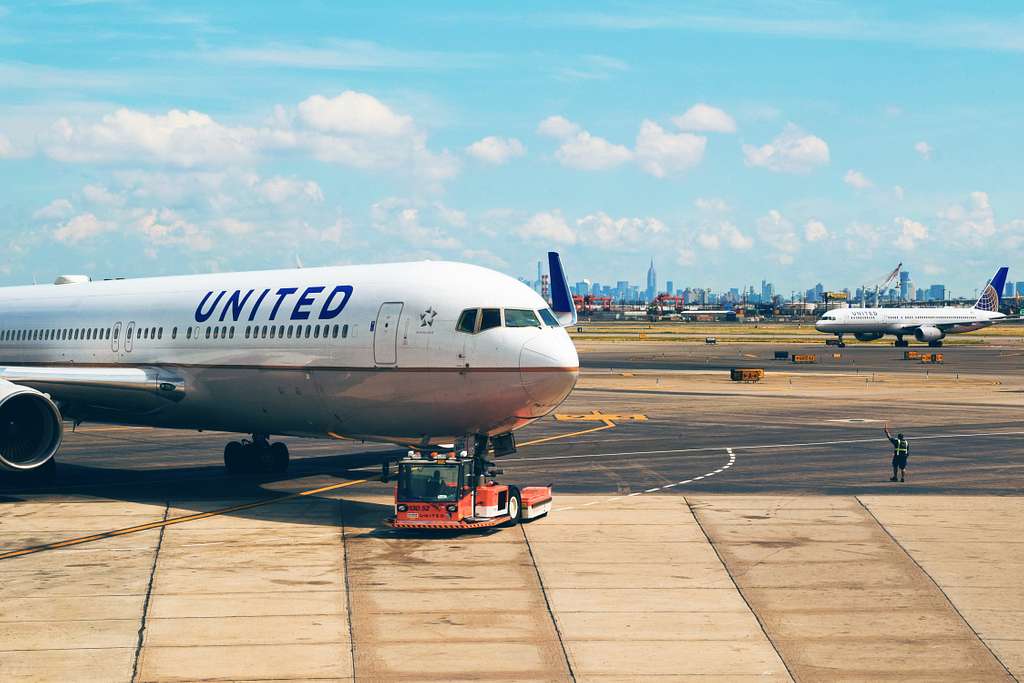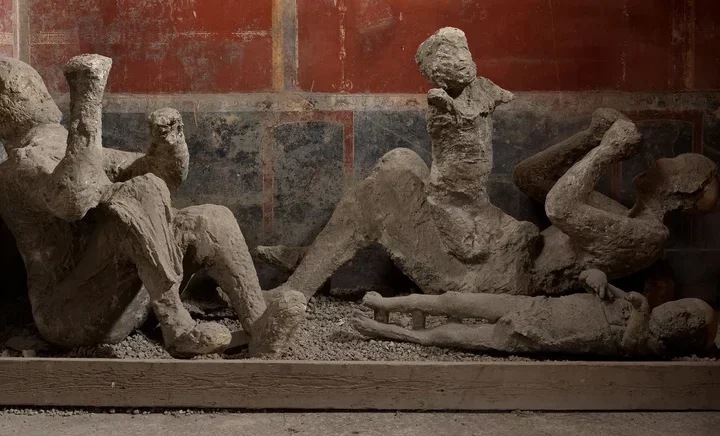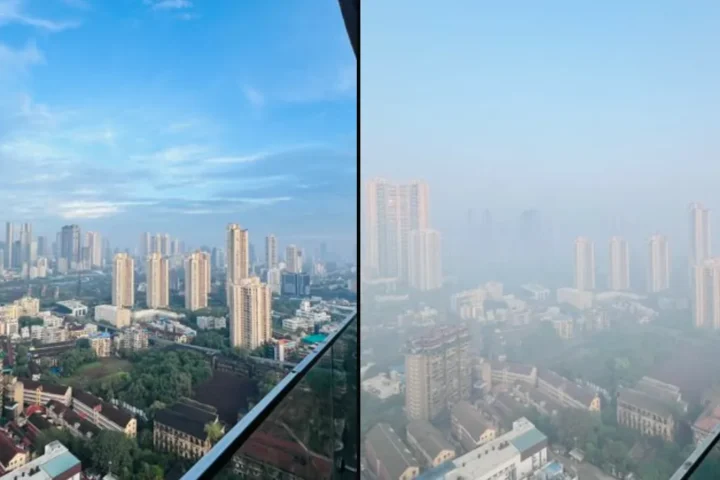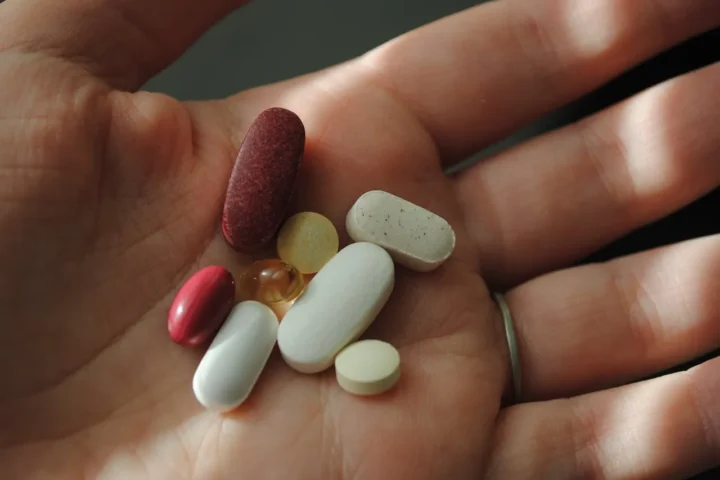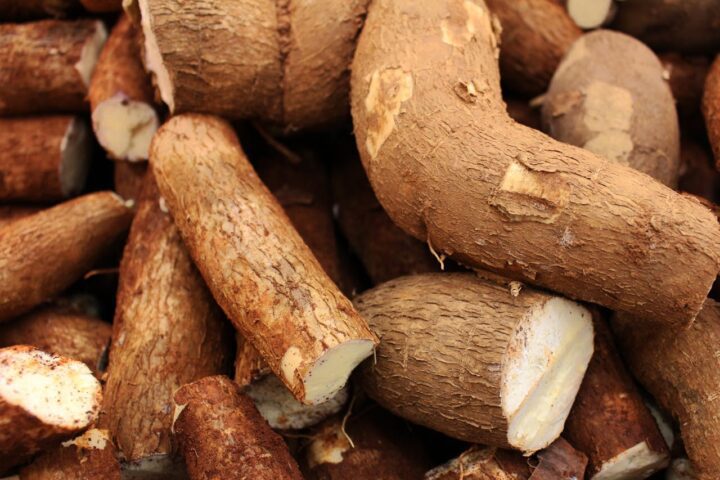A dead snake in the cooking pot. More than 100 children vomiting. Twenty-four rushed to hospitals. This isn’t a horror story – it’s what happened at a government school in Bihar’s Mokama area on April 24, 2025, when a cook removed a snake from food but served the meal anyway.
The National Human Rights Commission (NHRC) took “suo motu cognizance” of the incident on May 1, demanding answers from Bihar officials within two weeks.
“The Commission has observed that the contents, if true, raise a serious issue of violation of the human rights of the students,” states the NHRC press release. “Therefore, the Commission has issued notices to the Chief Secretary, Government of Bihar and the Senior Superintendent of Police, Patna, Bihar, calling for a detailed report in the matter within two weeks. The report is expected to include the health status of the children.”
Similar posts
The NHRC release further noted: “According to the media report, carried on 25th April, 2025, about 500 children had consumed the mid-day meal . The news about the children falling ill due to the consumption of the mid-day meal led to the blocking of the road by the protesting villagers.”
What makes this incident particularly troubling is that roughly 500 children consumed the contaminated meal before anyone raised an alarm. When parents found out, they blocked National Highway 31 in protest.
Early medical tests showed no toxins in the children’s bodies, but healthcare experts know that snake tissue can introduce several pathogens into food:
- Salmonella bacteria that cause severe gastroenteritis
- Clostridium bacteria that produce harmful toxins
- Proteolytic enzymes that can upset digestive systems
- Psychological trauma from consuming contaminated food
Under the Food Safety and Hygiene guidelines for school kitchens, this should never have happened. The Ministry of Education guidelines require all schools to follow strict food safety protocols:
“Mandatory tasting by a teacher immediately before serving, with records kept in a dedicated register,” states the official Food Safety and Hygiene guidelines.
The rules also require meals to be served at 65°C or higher (to kill bacteria), ingredients to carry AGMARK certification, and regular oversight by School Management Committees.
Bihar’s children desperately need these nutritious meals. With over 42% of children under five showing stunted growth according to NFHS-5 data, the Mid-Day Meal program provides crucial daily nutrition – at least 300 calories and 8-12 grams of protein per serving.
The central government allocates ₹5.55 per primary student and ₹8.30 for upper primary students for cooking costs, with funding shared 60:40 between central and state governments.
Unfortunately, this isn’t Bihar’s first snake-in-food crisis:
In May 2023, Araria district saw 116 students hospitalized after a dead 8-inch snake was found in khichdi. District Magistrate Inayat Khan reported: “Since the children were panicking, we got all of them hospitalized. All of them were discharged by Sunday morning.”
In July 2014, 54 Bihar students fell ill after snake discovery. A treating physician observed: “They were vomiting; there are no symptoms of poison as of now.”
In August 2017, Vaishali district children got sick after finding a small snake in their food plates. When Block Education Officer Mohammad Shafi Alam investigated, angry villagers reportedly held him hostage.
Most devastatingly, in 2013, 23 children died in Bihar’s Saran district after consuming mid-day meals contaminated with pesticides. After this tragedy, officials promised “covered kitchens would be constructed in all the 70,000-odd schools in the state where mid-day meals are served” (2013 incident).
Other states have found partial solutions to these safety problems:
Gujarat implements “Tithi Bhojan” where local families donate meals, increasing community supervision.
Maharashtra distributes sealed meal packets to young children at Anganwadis – though even this system isn’t perfect, as shown by a July 2024 incident where parents reported finding a tiny dead snake in a meal packet in Sangli district.
The big question remains: will the NHRC investigation lead to meaningful changes in how 100 million Indian children receive their daily school meals? For the children in Mokama still recovering from their trauma, the answer can’t come soon enough.
